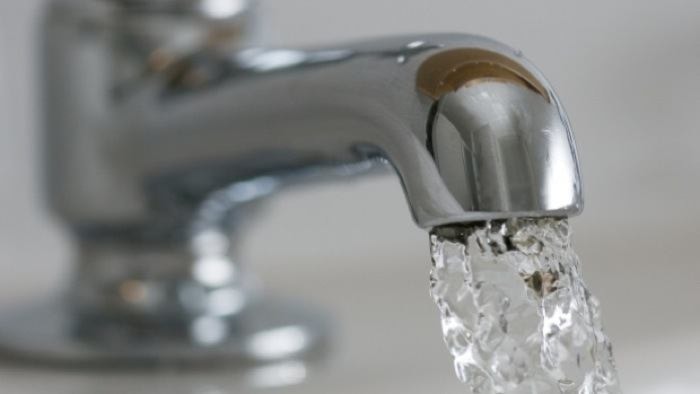Six elementary schools in Surrey have been found to have up to eight times the allowable lead in their drinking water, according to the Health Canada standards.
Due to high levels of lead found in numerous schools throughout the province, earlier this year B.C. Education Minister Mike Bernier mandated that testing be done at all schools to determine the extent of the issue.
Since May, the Surrey School District and the Fraser Heath Authority have been conducting water testing at schools throughout the district, with initial results showing high levels of both lead and copper at the six schools tested so far.
The high lead levels are the result of pre-1990 plumbing practices where lead-based solder was used on copper fittings.
The highest levels recorded were 85 parts per billion lead concentration collected from a water fountain in the basement at École Crescent Park Elementary – more than eight times the allowable 10 parts per billion.
Following a full two-minute flush of the system, recommended by Fraser Health, those levels dropped to fewer than three parts per billion.
Representatives of the 2440 128 St. school could not be reached for comment by Peace Arch News press time Thursday morning.
Parents at South Surrey’s Hall’s Prairie Elementary say they were notified of the issue at their 8 Avenue school in a letter from the school district dated Tuesday, the day after the Vancouver Sun posted the findings online.
While the amount recorded at Hall’s Prairie is “not terribly alarming,” parents are anxious to hear how the school district plans to deal with it, said Nikki Scott, president of the school’s parent advisory council.
“It’s concerning they’re finding these measurable levels,” Scott told PAN. “From my understanding, we’re one of the lower schools… thankfully. We’re all concerned to the point we want to make sure Hall’s Prairie is safe for our kids and safe for our families.”
Extremely high pre-flush levels of lead were also found at Sullivan, Port Kells, Hall’s Prairie, Prince Charles and Surrey Traditional elementary schools.
“A water flushing regimen was put in place at those schools every morning and that has proven to bring the levels down to acceptable levels,” said Surrey School District Spokesperson Doug Strachan.
The district has been told by Fraser Health to flush the system for at least two minutes and make sure the water is coming out cold, in some cases they are disconnecting the water supply, using tap filtration systems or posting signage to put the affected taps out of service.
The district plans to continue testing throughout the summer and will be working with Fraser Health to determine what steps can be taken on a more permanent basis.
According to Dr. Shovita Padhi, Medical Health Officer at Fraser Health, exposure to high levels of lead can cause serious health issues in both children and adults.
Over a short period of time, it can cause mood changes, memory loss and general weakness, she said. Prolonged exposure at lower levels can have serious health consequences, especially in children.
“Children are the most vulnerable, especially fetuses, as lead can transfer through the placental barrier,” Padhi said. “That’s where you can see severe health outcomes… and that’s why we are especially cautious around children.”
Strachan said the Surrey School District was made aware of the lead testing results in early June and notices went out to parents a week later, informing them of the findings. He noted the pre-flush protocols were implemented immediately and taps or faucets with higher-than-acceptable lead levels were shut down.
According to Strachan, Surrey is in a better position when it comes to lead than many districts in B.C., as more than half the schools in Surrey are new or were built after 1990, when lead-based solder was not used.
